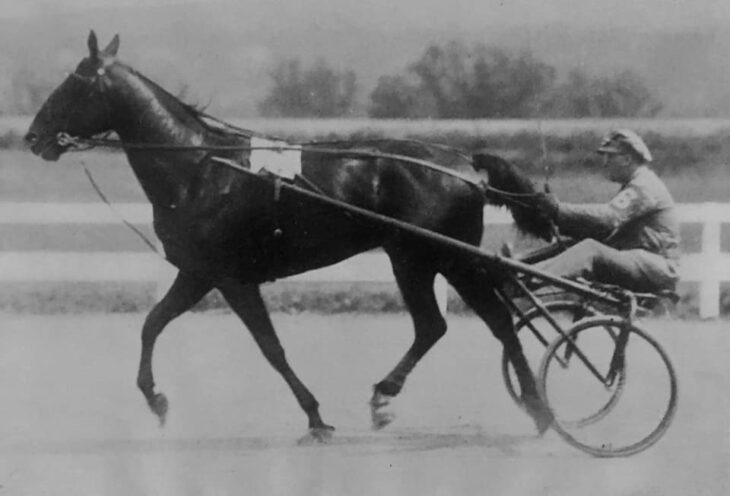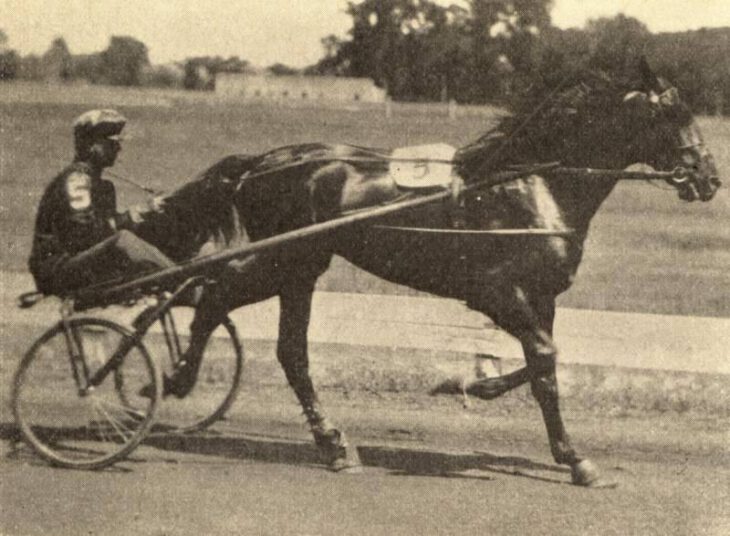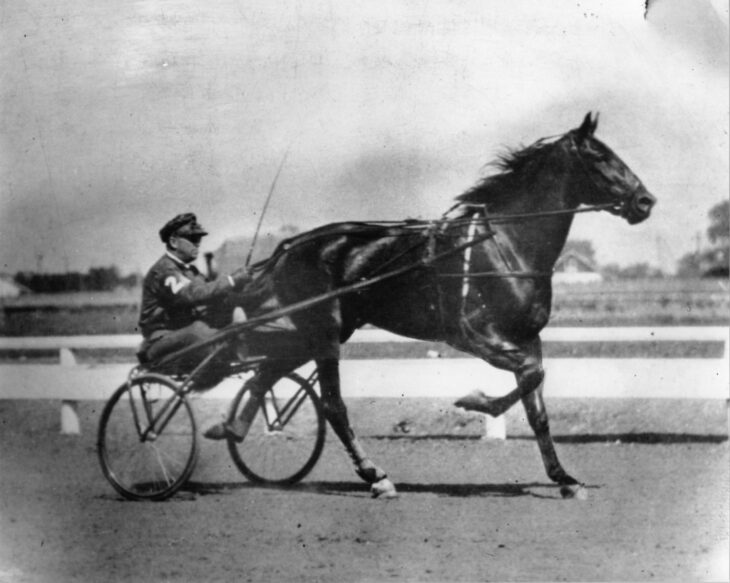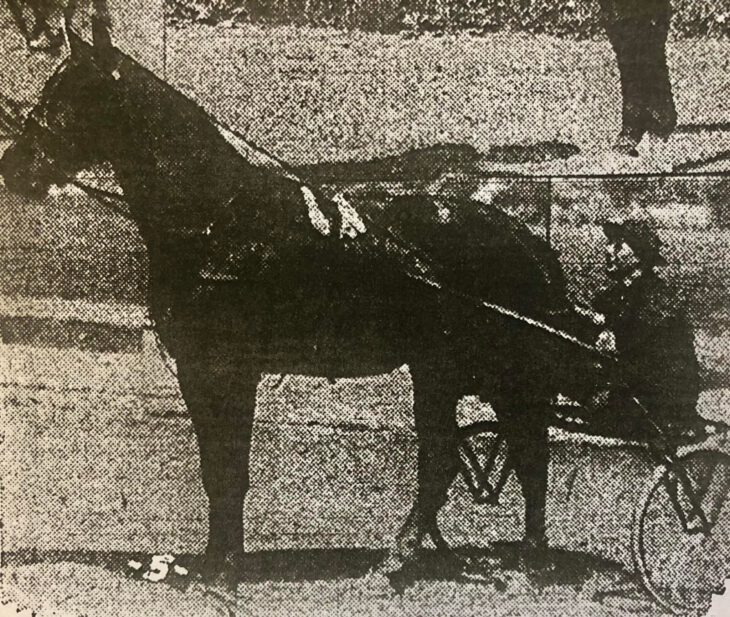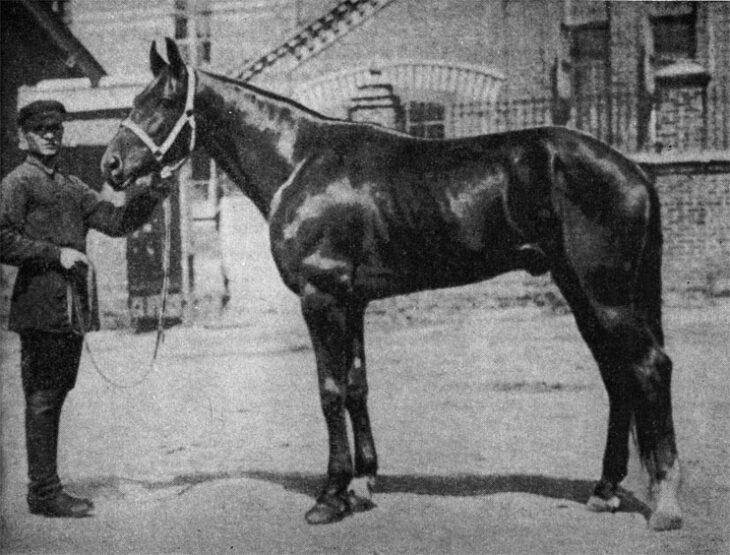The royally-bred colt was not a traditional early talent like many top US trotters. Only at 4 was Peter the Brewer ready to compete at a high level, but then he became an elite trotter in no time and was seen as a likely candidate to be one of the first 2:00 trotters.
Read More1920s
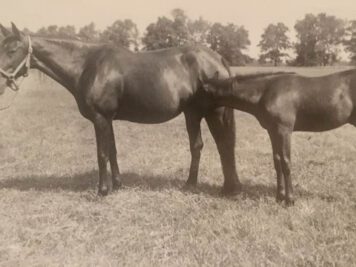
The Silk mare
Considered the great broodmare of her time, Evensong may very well be one of the best broodmares of all times. Her temperament...
Read More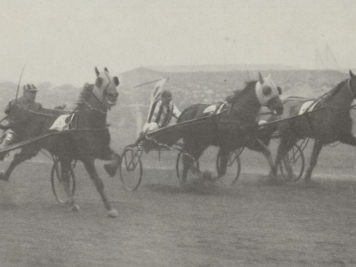
The first French king
He was a war foal who rose to the top of the French elite in the 1920. The first and only horse to be disqualified from a win in...
Read More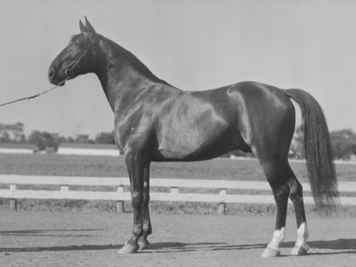
The first three-year-old to beat 2:00
His whole life is spectacular. He was the best trotter in his generation, even though his trainer was skeptical and at 2 felt the...
Read More
The murder mystery
Throughout history, several early favorites have missed out on the Hambletonian. In virtually all cases, though, it’s been...
Read More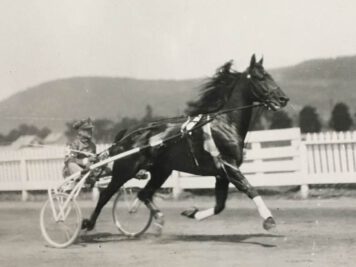
The horse who hated the uphill
He may just be the American horse imported to Europe who has left the biggest and most impressive stamp on trotting history. He...
Read More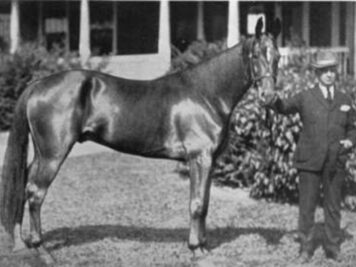
The first pride of Hanover
He was the world’s first 1:56 trotter and a prized possession of Lawrence Sheppard’s fledging Hanover Shoe Farms...
Read MoreThe New England-star was sold to Europe and impressed the French so much he was purchased by their national stud. Despite all the high hopes, though, Net Worth turned out to be highly average as a stallion. There was nothing average about his performances on the track, however, as illustrated by him humiliating the French elite at Vincennes when he was 11.
Read MoreHe was the talent that didn’t quite live up to his pedigree and the expectations. Sold to Europe, Brother Hanover produced tremendously well at stud in both the Netherlands and Germany and was an active stallion until his 30s.
Read MoreBeing first usually carries prestige and being the first Hambletonian winner carries a certain immortality to it. The massive $73,451.32 purse – more than five times the 1926 Kentucky Futurity purse ($14,000) – attracted 14 hopefuls to the mile track in Syracuse. While Hazleton was the pre-season favorite, Guy McKinney was not considered to have much of a chance. A new trainer turned the colt around, however and Guy McKinney went on to have a great three-year-old season.
Read MoreTo many he appears to be an average American trotter bred to the first French trotting queen. However, the story of Great McKinney is that of a good horse who just needed a bit of time and then flourished in the US before he was sold to France. Together with French trotting queen Uranie he produced two talented trotters who turned out to be excellent stallions with a big legacy.
Read MoreHe was champion stallion for many years, even after his death, in Norway. What many did not know is that he was initially considered a very good trotter in his crop in the US. Senator Ford was practically blind early in life, however, and for welfare reasons was not allowed to race. At stud, however, there was no stopping Senator Ford.
Read MoreThe first World War took an especially heavy toll on Ukraine as well as the Russian Empire as almost all horses perished. One US import survived, however, and after the war gave birth to one of a good trotters who turned out to be one of the best stallions ever seen in Eastern Europe. While he was very good on the tracks, as a stallion Gildeets dominated Soviet trotting for many years.
Read More
